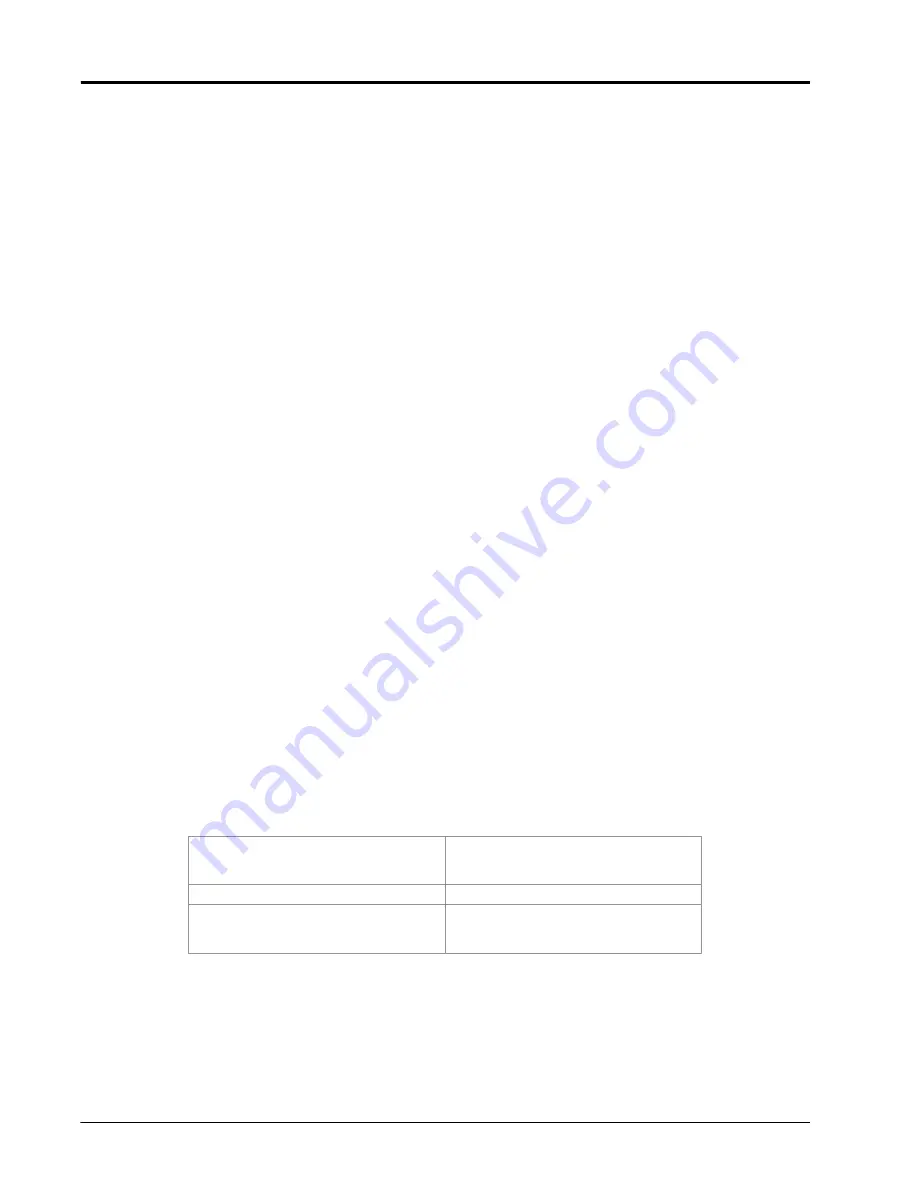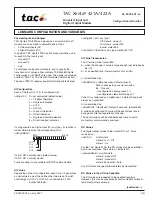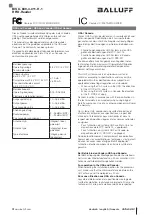
Chapter 3
20
AutoBoom® Calibration & Operation Manual
Boom Status Display
The current monitored height and hydraulic pressure for each implement section is displayed on the Calibrate
tab. These displays may be useful to prepare the system for calibration or help to indicate issues with the
system during the calibration process.
A more detailed display of sensor height and hydraulic pressure is available on the Diagnostics tab. Refer to
the
section on page 23 for more information.
Target Height
(UltraGlide Systems) The target height sets the distance in inches [centimeters] above ground or the crop
canopy to which AutoBoom should control boom heights while the system is engaged. Target height is only
utilized with AutoBoom systems which utilize ultrasonic sensors to measure boom height during field
operations.
Use the up and down arrows to raise or lower the target height as necessary.
Note:
Recall that the sensor height offsets adjust the distance measured by each sensor pair to the
actual distance from the spray tips to the ground or crop canopy while the system is engaged. The
height displayed on the Calibrate tab displays the adjusted height for the spray tips. Refer to the
Sensor Offsets Tab section on page 15 for more information on setting or adjusting the sensor
height offsets.
Left and Right Pressure
(PowerGlide Plus Systems) During the calibration process, the AutoBoom system will calculate an initial
pressure setting. Normally, the calculated value will be the pressure at which the machine should operate.
However, an adjustment to the initial pressure levels may be necessary to further tune the AutoBoom system
for the implement. The pressure value for the left and right booms allows the operator to manually tune the
static pressure supplied to each boom during AutoBoom operation.
To adjust the left and right pressure values after the initial calibration sequence:
1.
Verify that AutoBoom is set to PowerGlide Plus mode.
2.
Enable AutoBoom control for the left and right booms.
3.
Walk to the end of each boom and physically lift the boom while monitoring the responsiveness of the
system. The boom should raise easily and the force required to lift the boom should never exceed 200
pounds [90 kg].
4.
Adjust the pressure value for each boom as necessary to optimize performance.
5.
Continue to monitor the booms and gauge wheels during field operations.
Note:
During routine operation, the gauge wheels should touch down momentarily, raise slightly, then
lower back to the target height. Wheels should not continuously ride on the ground.
Higher Static Pressures:
Lower Static Pressures will:
• will reduce “felt weight” of the boom,
• will increase “felt weight” of the boom,
• will reduce the down speed,
• will increase down speed,
• may cause the boom to “hang” in the air
during operation.
• may cause excessive force on and
damage the gauge wheels during
operation.
















































